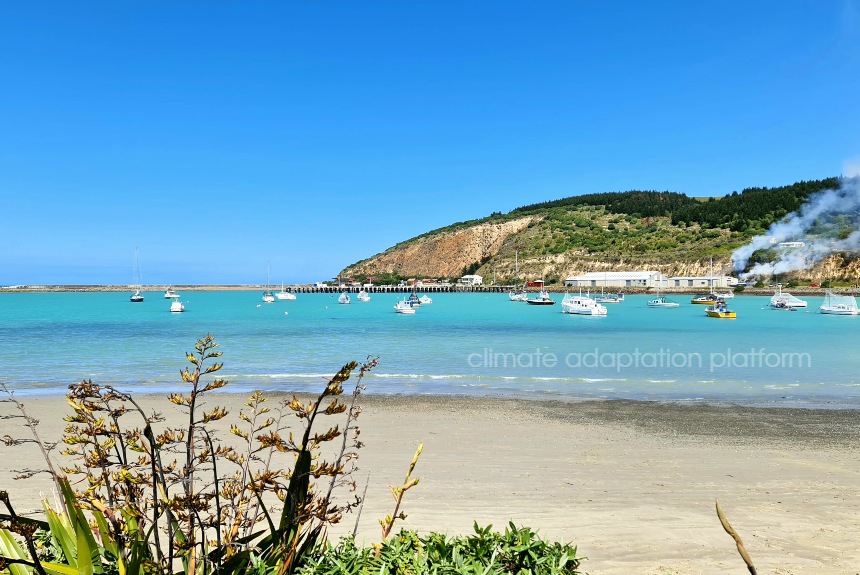A 2023 report highlights the impact of climate change on New Zealand’s biodiversity and ecosystems. This natural infrastructure acts as a buffer against the worst effects of climate change.
Findings noted in the report include:
- Eight of the ten warmest years recorded in Aotearoa, New Zealand, up to 2022 have been in the last decade.
- Glaciers are in retreat, and sea levels around parts of the country have risen twice as fast in the last 60 years as they did in the previous 60 years.
- There have been variations in rainfall, more frequent droughts and ocean warming to record levels.
- The frequency of extreme temperature events in Aotearoa has doubled due to human activities.
- About 750,000 New Zealanders and 500,000 buildings worth more than $145 billion are near rivers and coastal areas exposed to extreme flooding. Major urban centres, sites of cultural significance, taonga (treasured) species, and food security are also at risk in these areas.
Four stories, which include photos, maps, videos, graphics and interactive features, show how climate change is causing:
- glaciers to disappear and our snowlines to retreat, impacting biodiversity;
- trees in the forests to produce more seeds, increasing the number of pests that prey on birds;
- oceans to warm, rise and become more acidic, which is impacting marine species;
- stronger cyclones, hotter heatwaves and more frequent droughts and wildfires result in losses and damage to nature and people.
Read the report: Our Atmosphere and Climate 2023
Source:
New report highlights pressures on Aotearoa New Zealand’s climate. (2023, October 11). Ministry for the Environment. Retrieved from https://environment.govt.nz/news/new-report-highlights-pressures-on-aotearoa-new-zealands-climate/



Leave a Reply